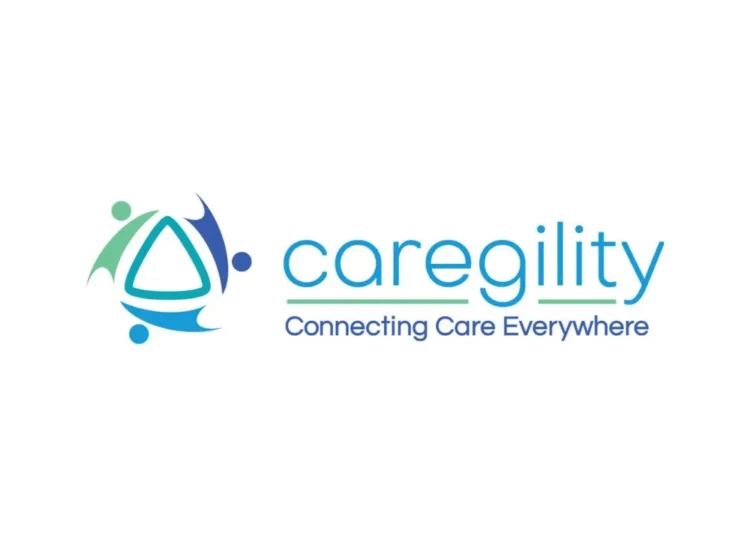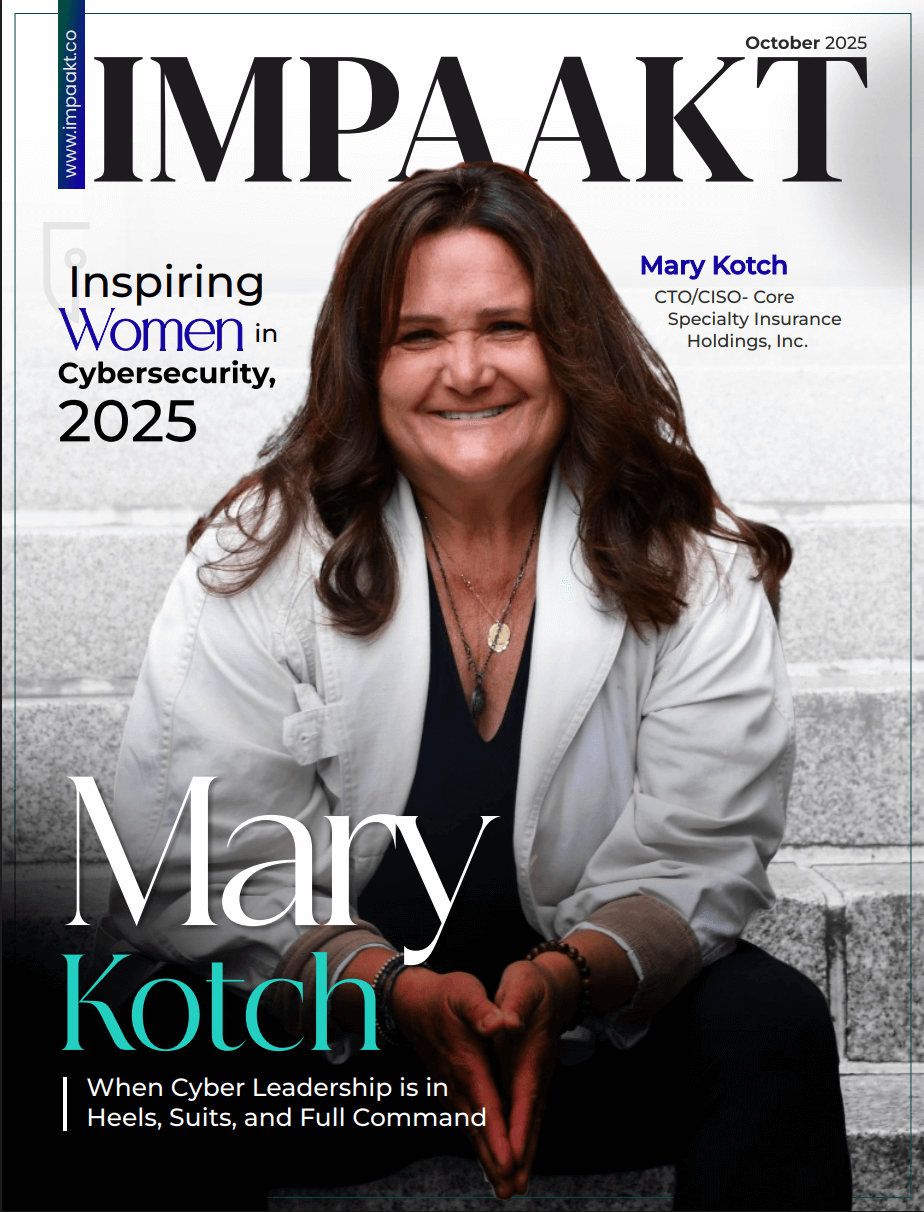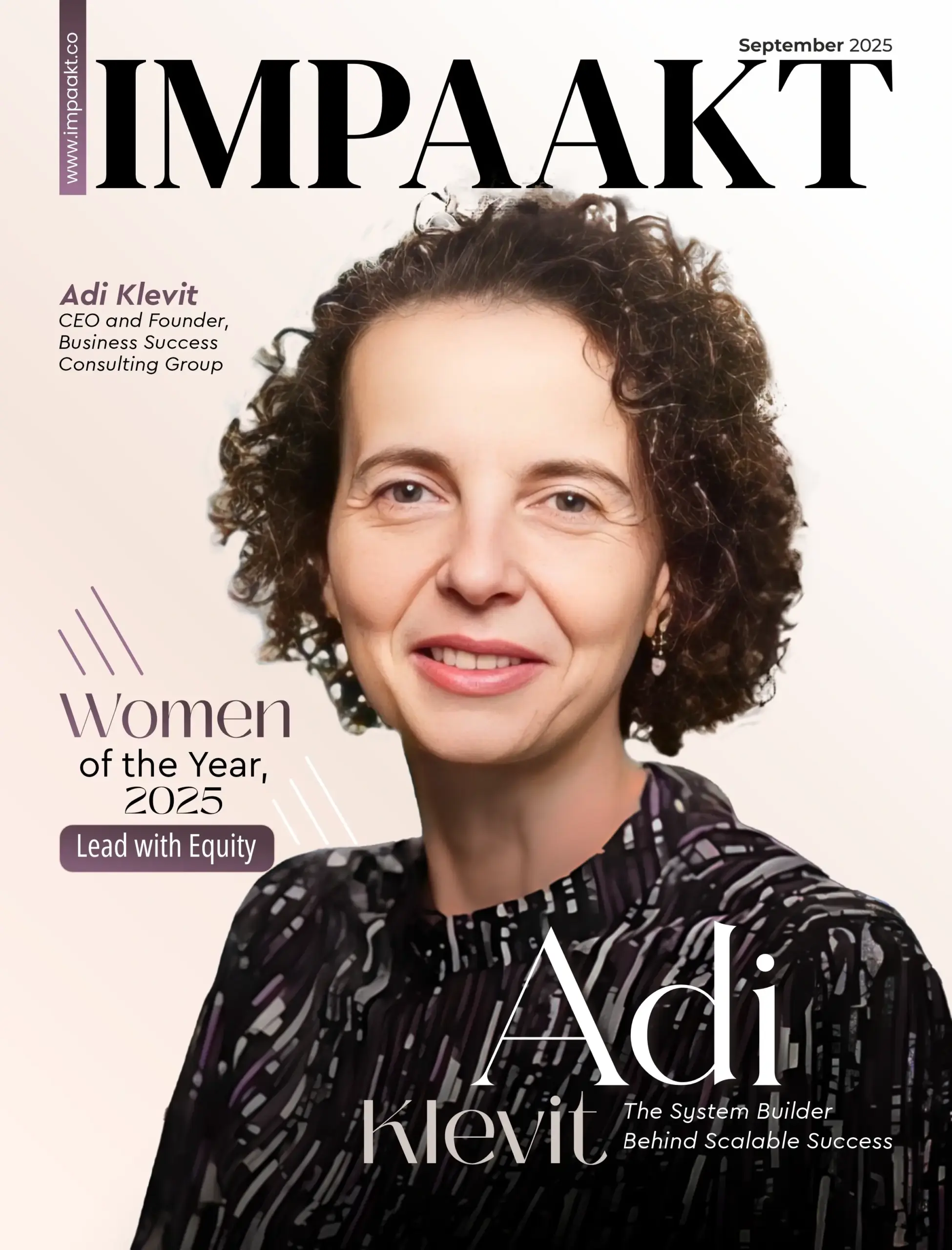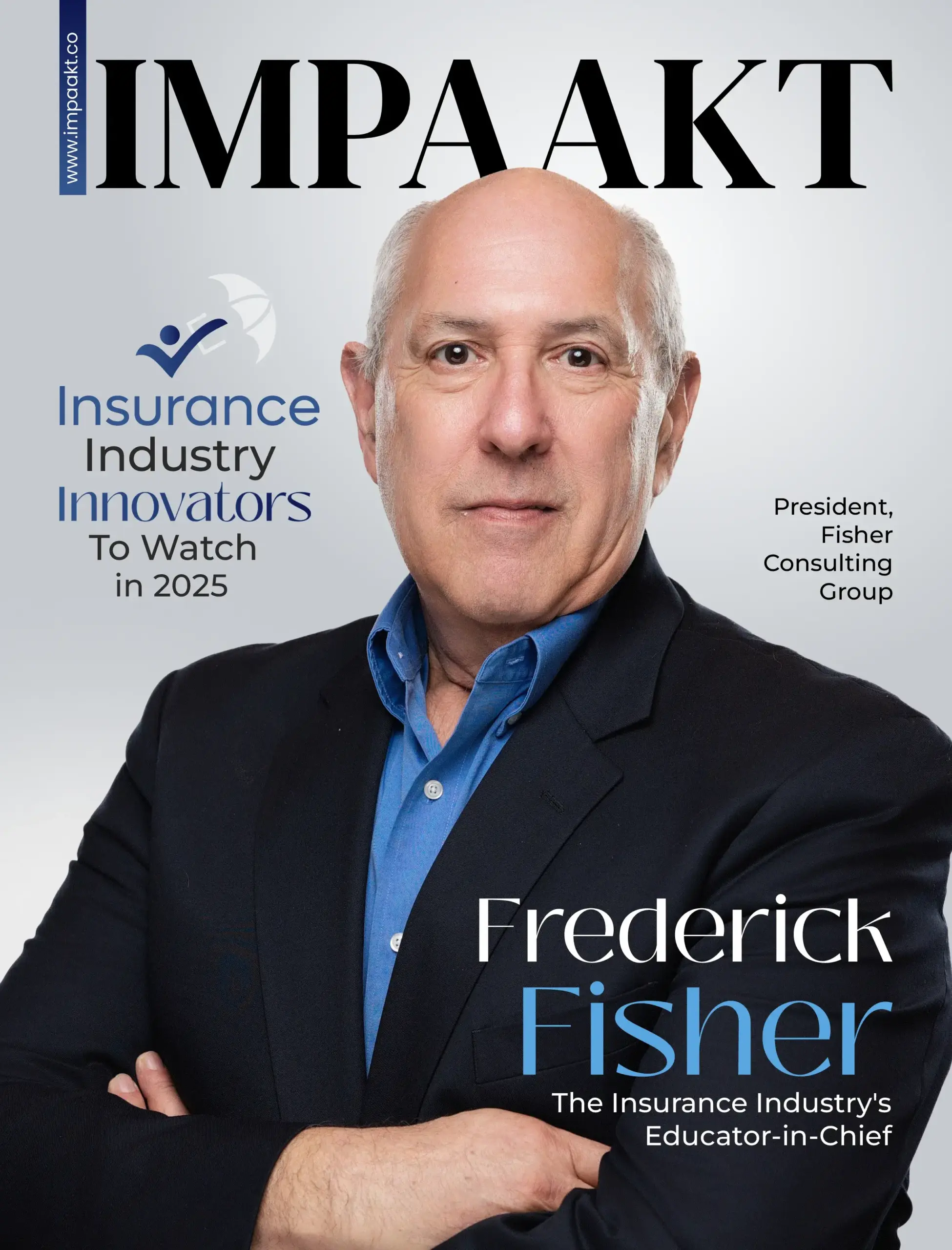Caregility Corporation, an enterprise telehealth leader dedicated to connecting care for patients and clinicians everywhere, is excited to announce the release of new fall risk detection capability in its iObserver solution. Hospital care teams use iObserver for continuous observation of patients at risk of self-harm or falls. The new artificial intelligence (AI) capability, developed natively by Caregility, uses computer vision to analyze visual information, detect fall risks, and alert caregivers accordingly.
“Our approach to AI involves understanding the challenges our customers face and then identifying where technology can play a role”
The Caregility platform allows AI technology to run entirely on telehealth edge devices in the patient room, eliminating the need to stream patient audio-visual data to the cloud. This approach ensures cost-effective, scalable solutions across thousands of rooms where Caregility endpoints are available today. Other comparable technologies face challenges related to bandwidth for video streams and the processing power needed to scale across numerous rooms. Most importantly, this purposeful application of computer vision technology underscores Caregility’s commitment to responsible AI, as visual data is processed locally, safeguarding data protection and privacy.
“Our open and adaptable platform allows us to develop native AI capabilities when possible while also evaluating other third-party solutions to determine if they can add value to caregivers’ workflows,” said Kedar Ganta, Caregility’s Chief Product and Engineering Officer. “This flexibility keeps us at the forefront of AI advancements without being locked into a single solution.”
“We’re redefining the future of telehealth with AI-powered edge computing,” said Bin Guan, Caregility’s Chief Innovation Officer. “By breaking down traditional barriers to AI adoption, we’re enabling healthcare providers to leverage cutting-edge technology without sacrificing operational efficiency or data privacy.”
“This breakthrough in AI at the edge is confirmation of Caregility’s ability to innovate,” added Mike Brandofino, Caregility’s President and Chief Operating Officer. “At the same time, no company can provide all the technology required to deliver the modernization of care. Caregility remains committed to integrating with other AI technology partners where it makes sense in order to bring value and flexibility to our customers. This ultimately provides them with a foundational platform they can build on for the foreseeable future.”
Caregility’s computer vision capability is available to be used on every one of the more than 15,000 Caregility edge devices currently installed in hospitals around the globe. This is a testament to the value and durability of Caregility’s purpose-built devices, called Access Point of Care Systems (APS). The first APS system ever deployed by the company is still running after six and half years in continuous operation, proving that choosing Caregility means that health systems will have a future-proof solution that can adapt as new technology is introduced.
“Our approach to AI involves understanding the challenges our customers face and then identifying where technology can play a role,” said Ganta. “We believe that combining our video AI and audio AI with specialized third-party solutions, such as contactless vitals tracking, can provide caregivers with valuable insights to improve patient outcomes. By leveraging our edge devices and avoiding the challenges of cloud-based AI, we can achieve faster and more accurate results with our proprietary technology.”
Contacts
Jess Clifton
Senior Manager, Marketing Communications
jclifton@caregility.com
(678) 360-9043

 About Caregility
About Caregility










